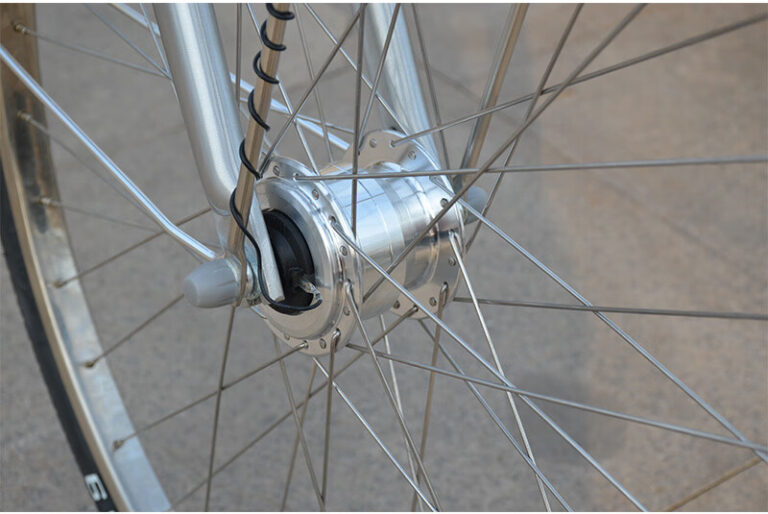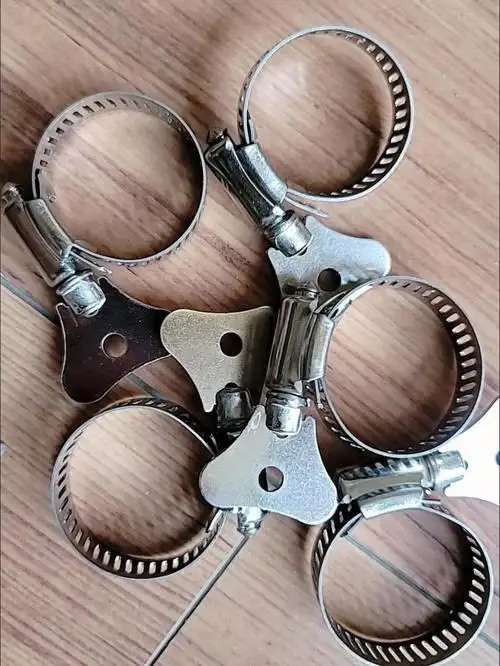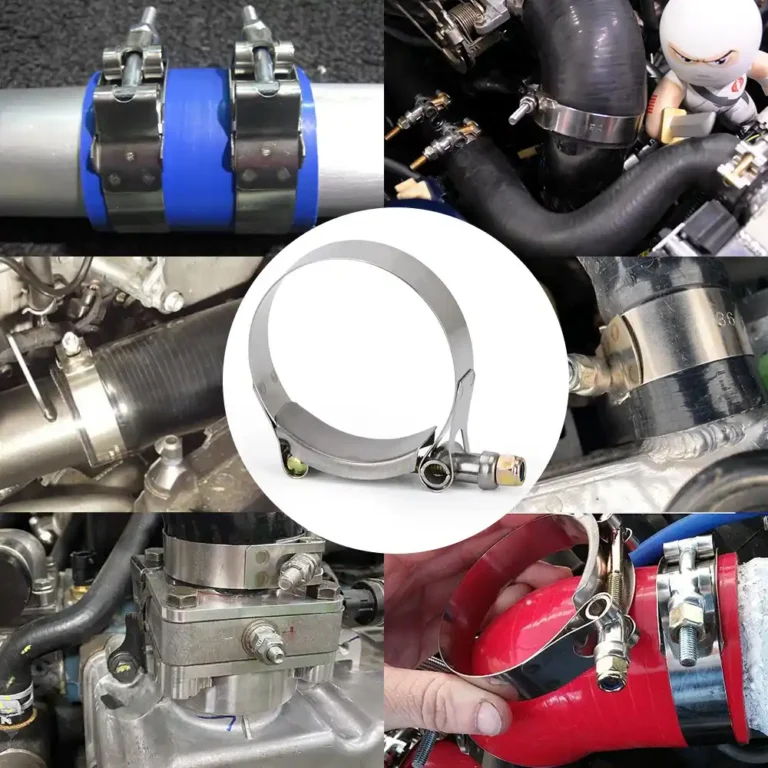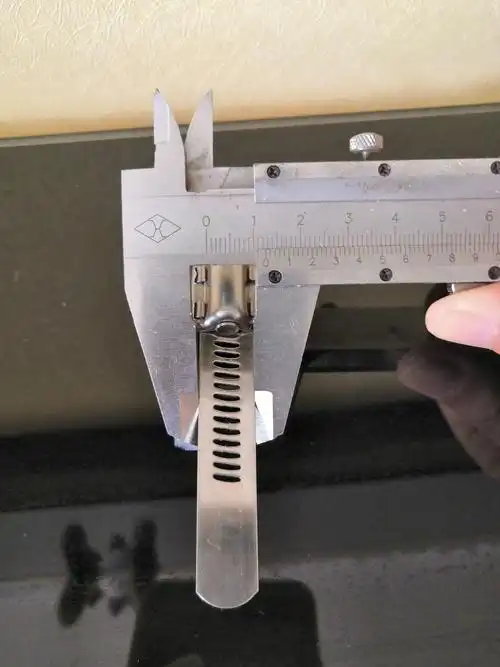Agriculture irrigation sprinklers-Seikou Maker
Agricultural irrigation sprinklers are key components of modern efficient water-saving irrigation systems. They have diverse characteristics to meet the needs…
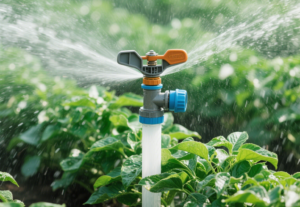
Agricultural irrigation sprinklers are key components of modern efficient water-saving irrigation systems. They have diverse characteristics to meet the needs of different agricultural scenarios:
Diverse spraying patterns: sprinklers can produce a variety of spraying shapes. Full-circle sprinklers rotate 360° to evenly spread water around, suitable for large-scale, regular-shaped farmland, such as tens of thousands of acres of grain fields in plain areas; fan-shaped sprinklers spray in a fan shape within a specific angle, often used at the edge of orchards, fields or irregular farmland; there are also atomizing sprinklers for flowers and nurseries, which spray fine water droplets like mist to gently moisturize plants.
Different ranges: The range of agricultural irrigation sprinklers varies depending on the type and specification. Small micro sprinklers have a range of only 1-5 meters, suitable for small vegetable plots and home gardening; medium-range sprinklers are generally 5-15 meters, commonly found in vegetable greenhouses and ordinary orchards; large rocker-arm sprinklers have a range of up to 15-30 meters, which can meet the irrigation needs of large farmland and pastures.
Adaptable pressure range: The working pressure range of the nozzle is different. The working pressure of the micro nozzle is low, generally 0.05-0.2MPa, and it is used with the low-pressure irrigation system to reduce energy consumption; the working pressure of the conventional nozzle is 0.2-0.5MPa, which is suitable for most ordinary sprinkler irrigation scenarios; the working pressure of the high-pressure nozzle is greater than 0.5MPa, which can spray water to a longer distance and is used for irrigation areas with large areas and large terrain differences.
Good adjustment performance: Most nozzles have adjustment functions. The nozzle flow rate can be adjusted to adapt to the water requirements of different crops at different growth stages by changing the internal structure of the nozzle or installing a flow adjustment device; the spraying angle can be adjusted to accurately control the irrigation range to avoid water waste, and it can also be flexibly adjusted according to the terrain to ensure irrigation uniformity.
Diverse material structure: The nozzle material is diverse, each with its own advantages. Plastic sprinklers are low-cost, lightweight, and corrosion-resistant, and are widely used in general agricultural environments; metal sprinklers (such as copper and stainless steel) are strong and durable, suitable for harsh environments or frequent use scenarios; some high-end sprinklers use composite materials, which have the advantages of multiple materials and have better performance.
Reliable and durable performance: Durability is fully considered when designing agricultural irrigation sprinklers. The internal key components are made of wear-resistant materials to reduce water erosion and wear; the overall structure is stable and can withstand long-term outdoor use of wind, sun, and temperature changes; some sprinklers also have anti-clogging designs, which ensure stable operation and reduce maintenance frequency by optimizing internal flow channels and installing filters.



